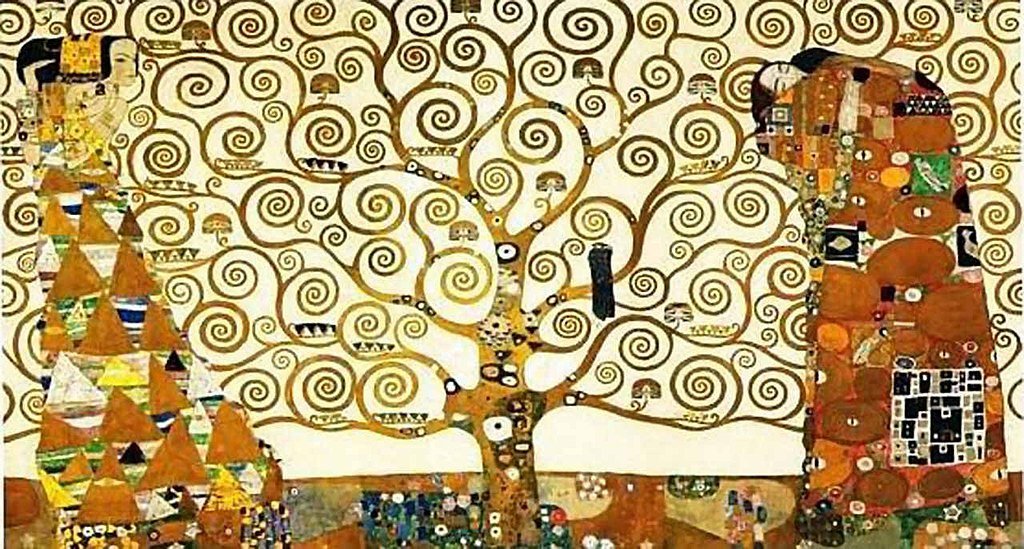Nature as a Service - NaaS
It begins with a wide smile, progresses to a sigh of relief, and concludes with the desire to clarify.
Smile: Finding other credible and non-scientific sources that corroborate your thinking is a great feeling. In a recent Financial Times article, S. Shrikanth argues that the scope of combating climate change must be expanded beyond climate action and climate technology to include addressing the biodiversity crisis by assisting animal conservation and welfare in transitioning from charity-oriented practices to solid business cases. Nature as a Service (NaaS) is one of the bases pH-auna is founded on.
Sigh. Others understand it as well. For industry to care about the animal UX, we need to understand the economic logic behind the animal-centric interventions we propose.
Clarify: Selling NaaS is required because relying on good will will not suffice when it comes to carrying out work that is critical to the future of our planet. However, doing so is risky because it is easy to slip into the trap of putting human needs over those of everything and everyone else—a perspective we as a species have become experts at believing.
Let me explain. To date, we have divided and allocated ownership of the entire planet among ourselves. Even sections of the world that we have yet to explore, such as the depths of the ocean, are considered global commons that belong to all of humanity. As a result, an anthropocentric view of the world has emerged, making it difficult to give agency and value to nature and the components and living organisms that form it.
But why is this important? Because it has resulted in an out-of-balance planet whose inhabitants are being overrun by humans' short-sightedness.
So, what are our options? We can advocate for broadening our human-centric perspective to include more species, plants, and elements—a long-term strategy that will take a lot of convincing—or we can find ways to work within the dominant anthropocentric perspective to elevate the status of nature and accelerate the rate of change.
Enter pH-auna and our NaaS offering, an adaption of service design processes and practices aimed at discovering the inherent value of users and stakeholders and translating this value into monetary terms.
NaaS is not about developing first-order nature-based service blueprints that assign an economic value to a species based on its role within an ecosystem.
NaaS is a thoughtful and reflective approach that, when assigning user or stakeholder status to nature, builds on its systemic nature to account for its complexity through the consideration of second, third, and fourth-order effects that go beyond linear thinking (common in the 1 and 0’s of the business world) and combine it with systems thinking (common in the design world).
Let me provide an example. The authors of a recent study published in Nature Climate Change, including Dr. Trisha Atwood, who discussed the study in a recent Science Friday episode, presented claims related to the potential of capturing around 6.41 gigatons of CO2 annually—very close to the 6.5 gigatons required to keep the planet's temperature at a 2 degree rise—by restoring the populations of a handful of animals, such as gray wolves, bison, and sea otters. What a fantastic opportunity!
During her interview, Dr. Atwood commented, "One of the most important things to do whenever making a management or conservation decision is to make sure that all of the stakeholders are at the table. That includes your ranchers, your conservationists, your fishermen—if you’re talking about marine systems—any Indigenous cultures that would be influenced by that decision, and make sure that everybody there has an equal voice so that we can really look at, What are the potential problems?"
What is missing? The non-human user/stakeholder counterpart. The animals themselves and the plants, soil, air, and other elements that support their ecosystem Who is considering their needs? Bringing their voice to the table?
Before exerting any effort or designing any interventions, we should understand nature's interaction amongst itself, with us, and with its context so as to build business cases that reveal the value of its components (human and non-human animals, plants, and elements) with a certain degree of economic logic in order to create change that will be financially sound and quickly accepted.

